Are you looking for a way to store your electronic parts in an organized and efficient manner? If so, you’ve come to the right place! In this article, we’ll show you how to store your electronic parts so that they’re easy to find, safely stored, and well-protected. With our tips, you’ll be able to keep your electronic parts in perfect condition for years to come. Keep reading to learn more about how to store electronic parts!
Check the Manufacturer’s Guidelines: Before storing electronic parts, read the manufacturer’s instructions to determine the best way to store them
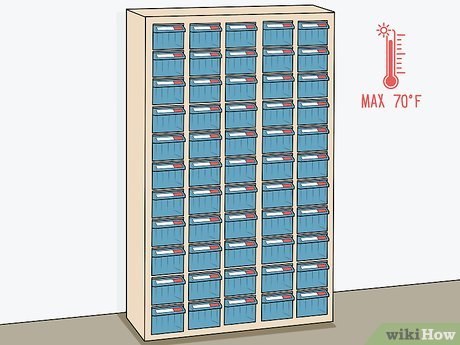
Storing electronic components can be a tricky task, but following the manufacturer’s guidelines is a great way to ensure that your parts are kept in optimal condition and remain safe for future use.
Depending on the type of electronic parts, there may be specific guidelines to follow.

Storing electronic parts correctly is essential for keeping them safe from damage and ensuring they last as long as possible. Depending on the type of part, there may be additional guidelines for how to store them properly, such as climate control requirements or avoiding contact with certain materials.
Choose the Right Container: Select a storage container that will fit the parts and protect them from dust, dirt, and other particles that can cause damage
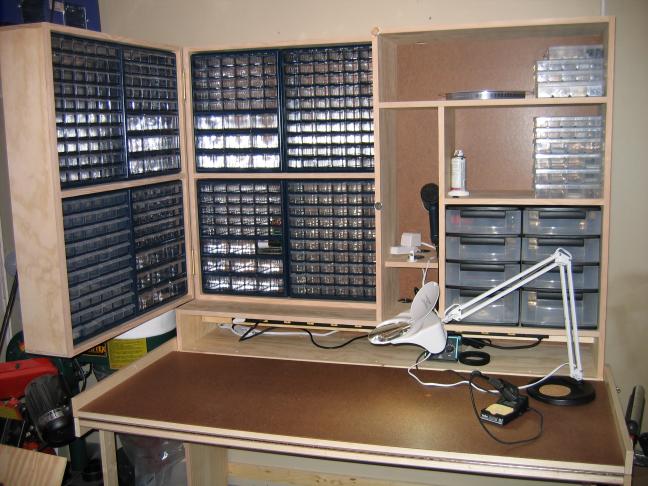
Choose a storage container that is tailored to the size and shape of your electronic parts to ensure they remain free from dust, dirt and other contaminants that can cause damage.
Plastic containers with lids are ideal for keeping out moisture and debris.
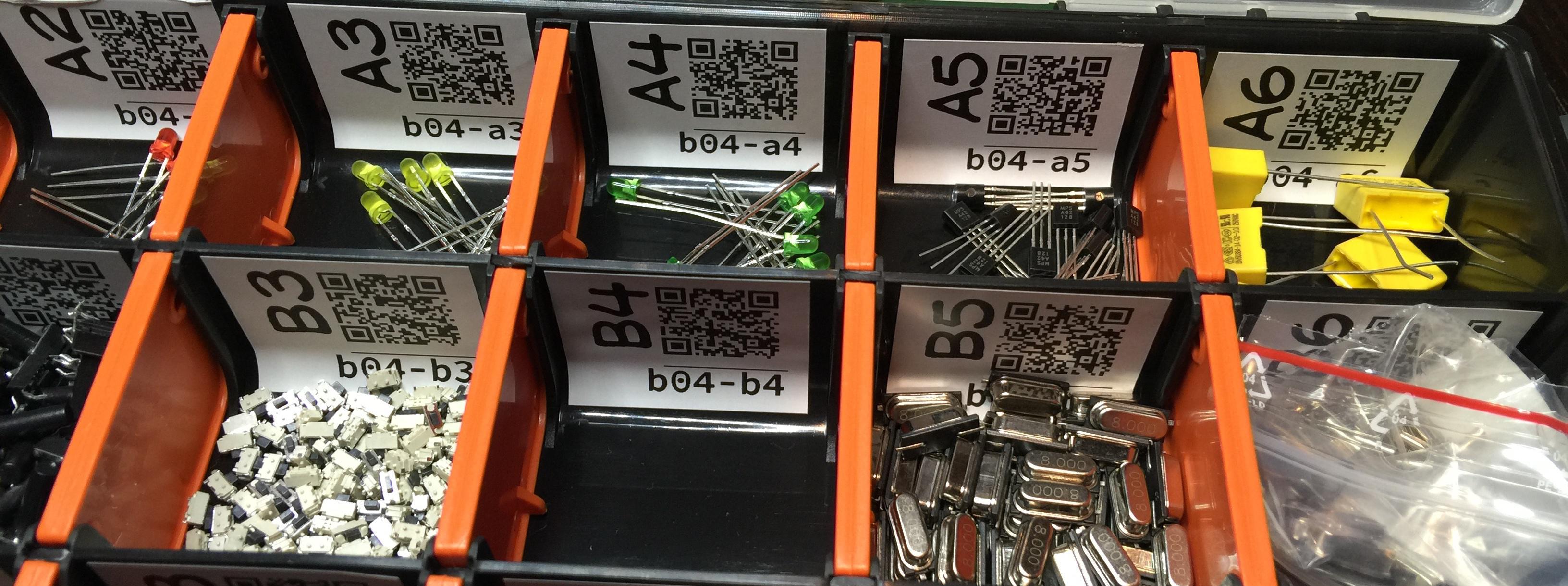
Plastic containers with lids are perfect for keeping out any dust, moisture and other debris that could damage your electronic parts and components, making them an ideal solution for long-term storage.
Use Labels: Label the containers with the type of parts and the date they were stored
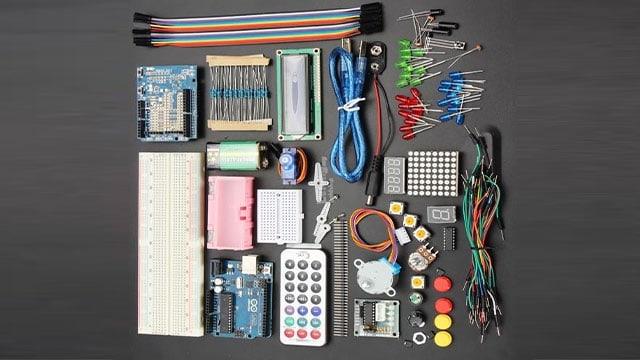
Labeling containers with the type of parts and the date they were stored is an important step for storing electronic parts. Accurately labeling containers helps ensure that parts are stored in an organized fashion, making it easier to locate items quickly and efficiently. Additionally, labeling containers with the date will help keep track of when parts were stored and ensure that parts are not past their expiration date. Proper labeling is key for effective storage of electronic parts.
This will help when it comes time to retrieve them.
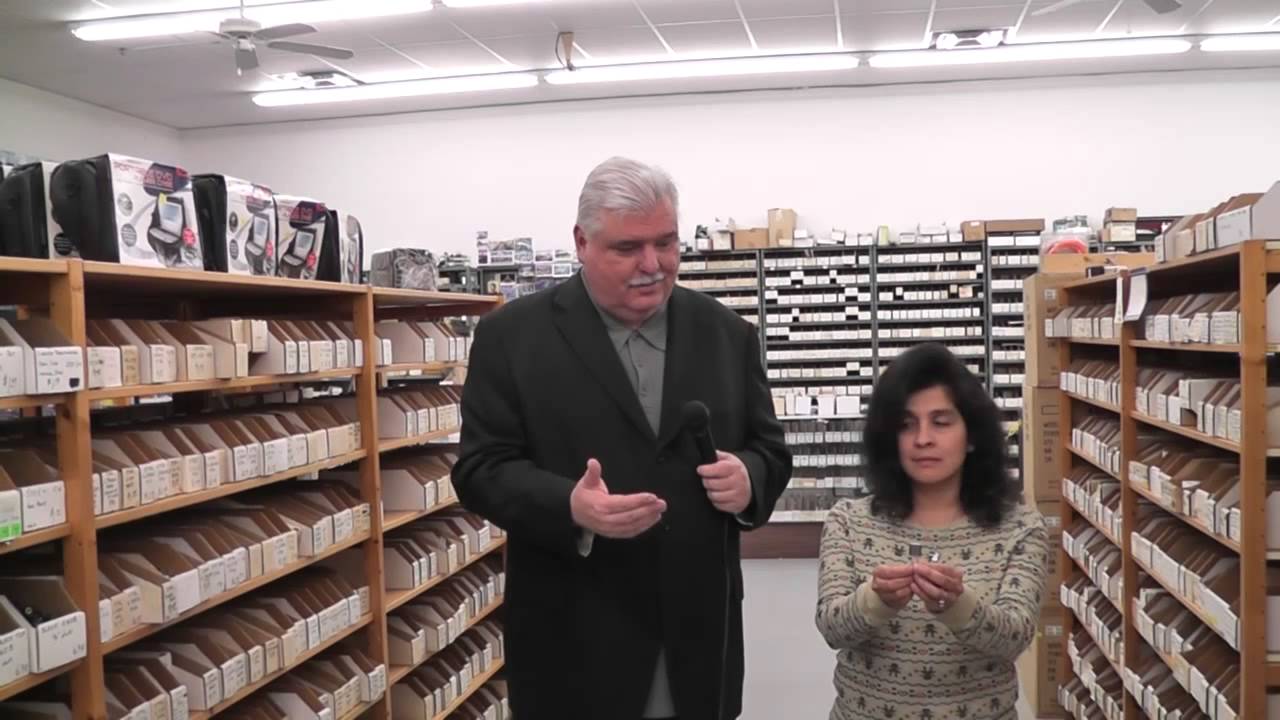
Organizing your electronic parts properly can make a huge difference when it comes to retrieving them quickly and efficiently, so consider investing in a few storage solutions that will help keep your parts in order.
Keep Away from Heat: Heat is one of the biggest enemies of electronic parts, so store them in a cool, dry place

Storing electronic parts in a cool, dry place is essential for preserving their performance and longevity, as heat can cause irreparable damage and reduce their lifespan.
Avoid direct sunlight and other sources of heat, such as appliances, that could damage the parts.
Storing electronic parts in a cool and dry place away from direct sunlight and other sources of heat, such as appliances, can help protect them from damage.
Avoid Moisture: Moisture and humidity can cause corrosion and other damage to electronic parts, so make sure to store them in a dry location.
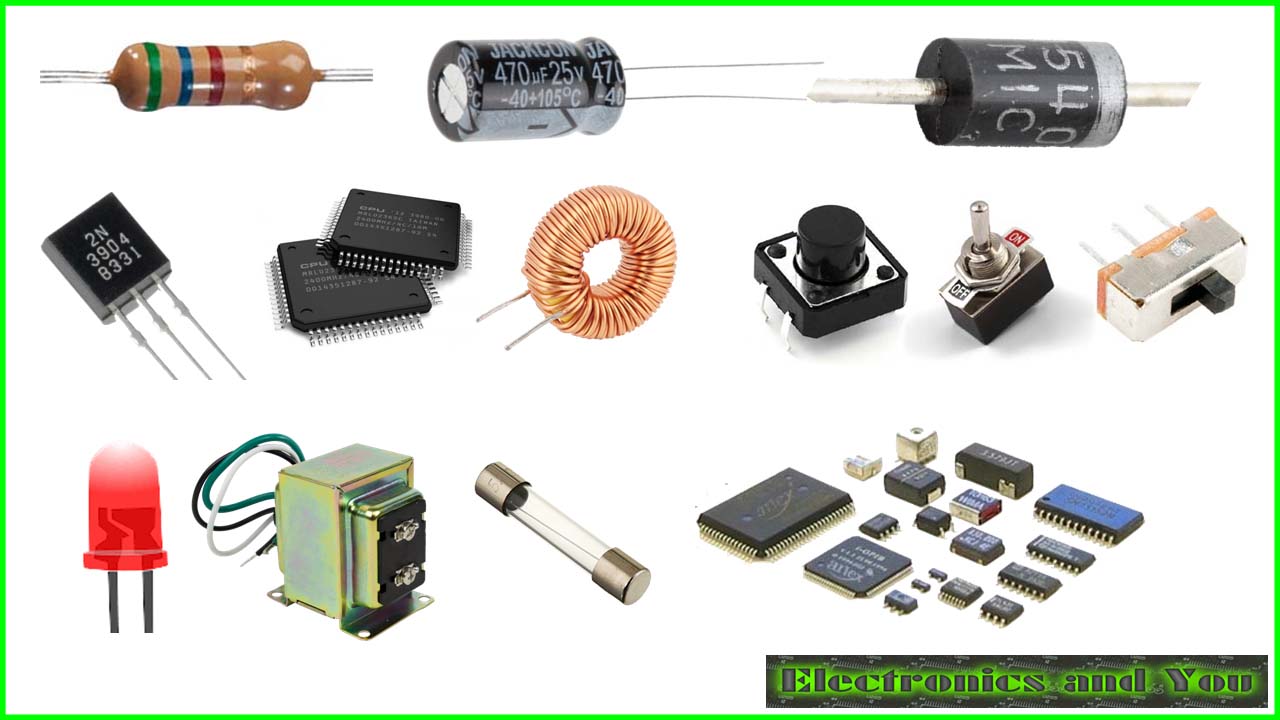
To protect your electronic parts from corrosion and other damage, store them in a dry place with low humidity to prevent moisture from settling on the components.
Store Separately: Whenever possible, store different types of electronic parts in separate containers
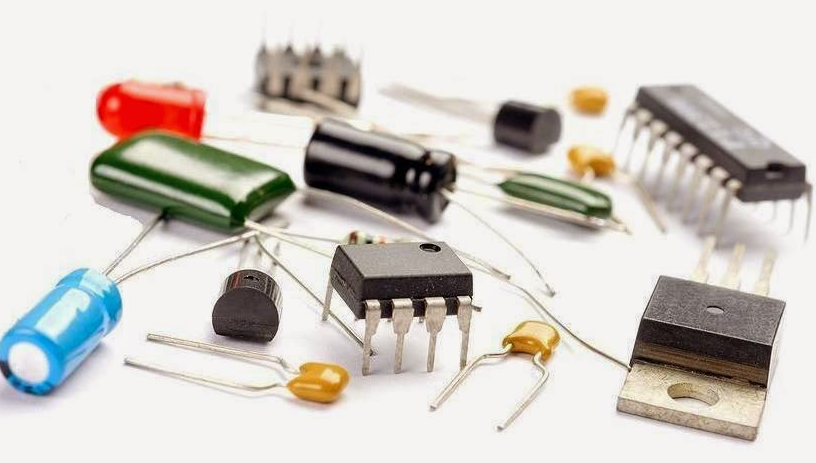
Storing different types of electronic parts separately is a great way to ensure that they remain organized and easy to access. By separating different types of parts, you can quickly identify what you need and make sure it is readily available when you need it. Additionally, separating parts can help reduce the risk of damage or contamination due to potential contact with other types of parts.
This will help prevent them from becoming mixed up and damaged.
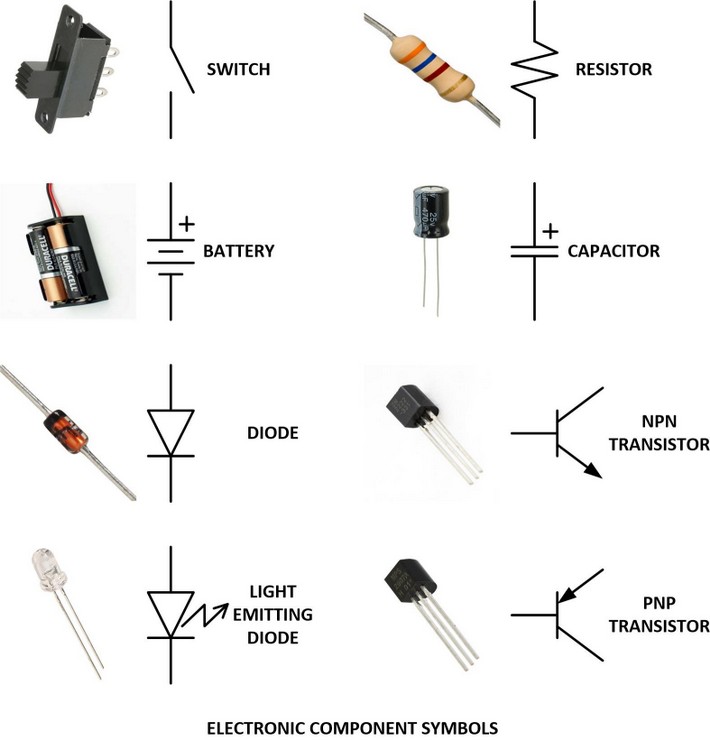
To keep your electronic parts organized and safe, invest in a storage system that will help you sort and separate them. This will help reduce the risk of them becoming mixed up and damaged.
Use Anti-Static B
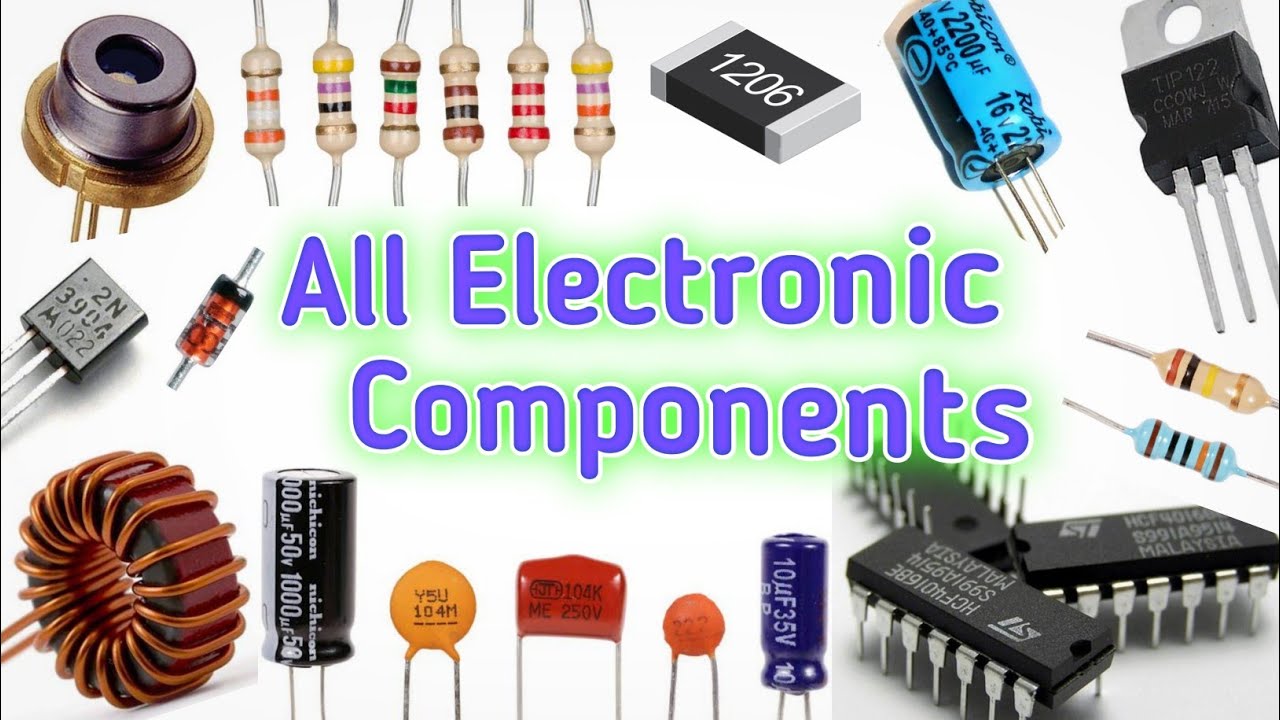
Using anti-static bags when storing electronic parts is the most effective way to protect them from electrostatic discharges. These special bags are designed to protect components from accumulating a charge, which could damage the circuitry and reduce their lifespan. It is important to store electronic parts in a container that is properly grounded, such as an anti-static bag, to avoid the risk of electrostatic discharge. Anti-static bags also protect against dust and dirt, which can cause short circuits and corrosion. Proper storage of electronic parts in anti-static bags is essential to ensure their long-term functionality and reliability.


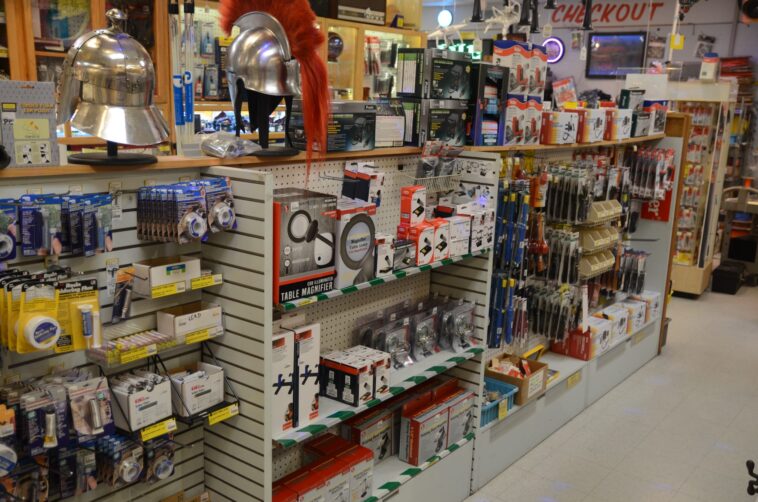
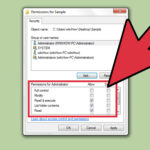

GIPHY App Key not set. Please check settings